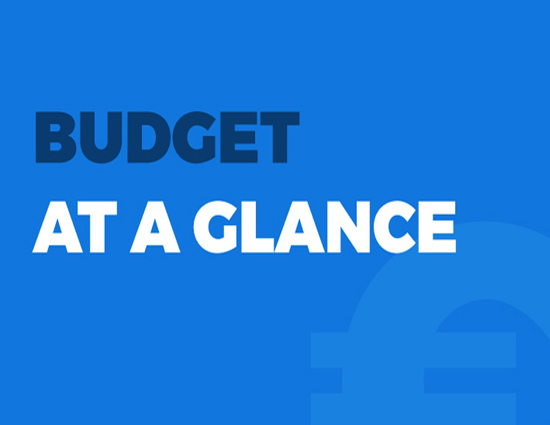BUDGET 2018- Understanding Budget At A Glance
By: Sandeep Sat, 20 Jan 2018 1:06:47

This is a snap shot of the budget for easy understanding. Nonetheless, it introduces some new concepts. While receipts are broken down into revenue and capital, unlike the consolidated fund, it shows the centre's net tax revenues. This is because a decent part of the gross tax revenue, as decided by the relevant Finance Commission, flows to the state governments. Budget at a glance also segments expenditure into plan and non-plan expenditure, instead of splitting into revenue and capital. Each of these is then split into revenue account and capital account. Before discussing plan and non-plan expenditure it is important to discuss the concept of the central plan.
* Central plan
Central or annual plans are essentially Five Year Plans broken down into annual installments. Through these plans, the government achieves the objectives of the Five Year Plans. The central plan's funding is split almost evenly between government support (from the budget) and internal and extra budgetary resources of public enterprises. The government's support to the central plan is called budget support. We will take up plan and non-plan expenditure in the next part.
* Plan expenditure
This is essentially the budget support to the central plan and the central assistance to state and union territory plans. Like all budget heads, this is also split into revenue and capital components.

* Non-plan expenditure
This is largely the revenue expenditure of the government. The biggest items of expenditure are interest payments, subsidies, salaries, defence and pension. The capital component of the non-plan expenditure is relatively small with the largest allocation going to defence. Defence expenditure is non-plan expenditure.
* Fiscal Deficit
When the government's non-borrowed receipts fall short of its entire expenditure, it has to borrow money from the public to meet the shortfall. The excess of total expenditure over total non-borrowed receipts is called the fiscal deficit.
* Primary deficit
The revenue expenditure includes interest payments on government's earlier borrowings. The primary deficit is the fiscal deficit less interest payments. A shrinking primary deficit indicates progress towards fiscal health. The Budget document also mentions deficit as a percentage of GDP. This is to facilitate comparison and also get a proper perspective. Prudent fiscal management requires that government does not borrow to consume in the normal course.

-1713979511-lb.jpg)



